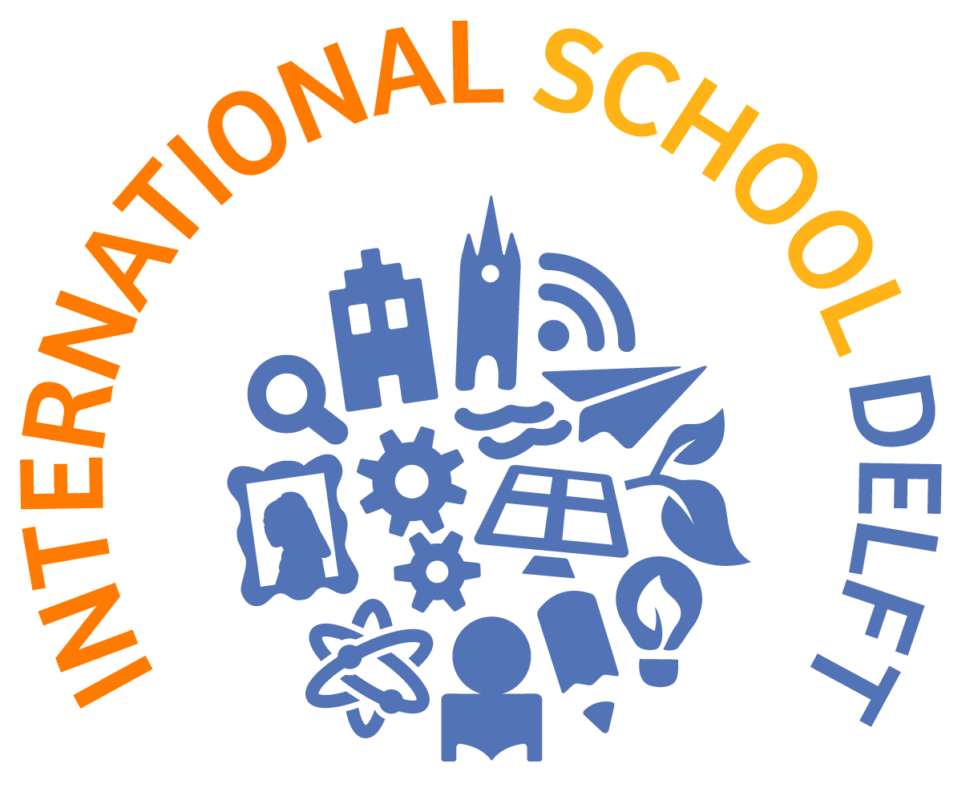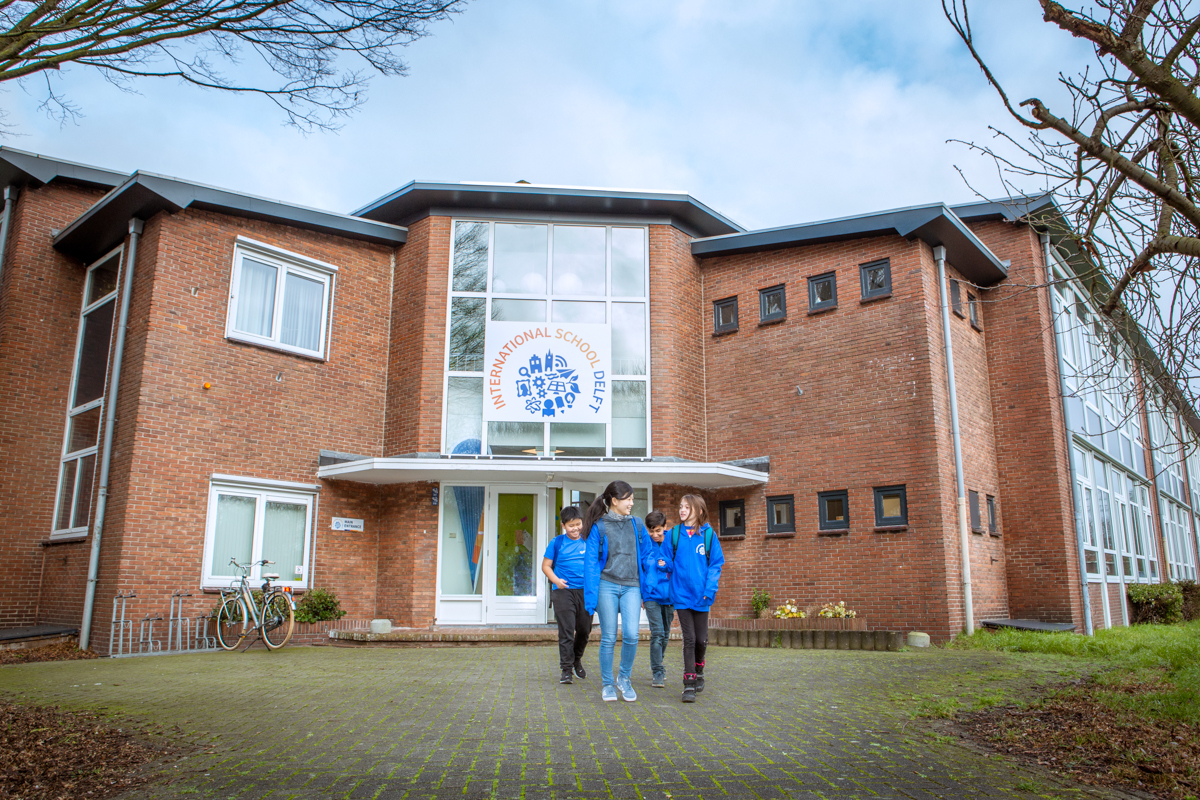After the summer, most of our students in PYP7 will start or continue with the Middle Years Programme at our secondary campus. An exciting time, and a new stage in the educational journey. Whether you are continuing at ISD secondary or another international school, what can you expect when you transition from PYP to MYP?
Going from PYP to MYPFor students coming from ISD primary: going to a different location
Students will be going to the Secondary campus after the summer. The Secondary school is currently located in another part of town, near its Dutch sister school, Stanislas Westplantsoen. Of course, in the future when the new building is ready, the Secondary school will be much closer to Primary. Travelling to a new location can be exciting but also a challenge. Some students will start travelling by bike or public transport by themselves. They will travel home at the end of the school day and not go to an after-school care.
Each subject a different teacher
While students in PYP usually have one classroom teacher, students in the MYP have a different teacher for each subject. Also, while students in primary have their own classroom, students in secondary move from classroom to classroom for different subjects. Although students get different subjects with different teachers, the teachers work together to ensure students make connections across subject groups. The MYP course also has some interdisciplinary units where students work on one large project across several subjects. Having a teacher for each subject means you spend only a specific time with them, and it is important to ask for help when you have class with them.
Students are increasingly responsible for their own learning
Almost every MYP student will have homework, projects, assignments, and (usually) extra-curricular activities. Learning how to manage a more complex academic landscape is a big responsibility. Students will have to learn to plan and organize themselves in a more independent way. The Approaches to Learning taught in the MYP programme, encourages students to learn about themselves and make important decisions as reflective, independent, self-aware and internally motivated learners.
MYP classrooms are often bustling and busy places
Although ISD secondary is still a small school, the MYP classes can be a busy and vibrant place. Students will experience a mix of direct instruction, individual and group learning activities, class discussions, hands-on investigations, individual practice, and a learning environment in which they interact with other students extensively.
The MYP encourages student collaboration in all subjects. In the MYP, students are often learning with and from each other and are working in pairs or small groups. Many MYP classrooms are arranged to help facilitate this interaction throughout the day. Students learn to share their ideas, provide each other with feedback, and work together.
Asking good questions is as important as learning the right answers
All IB programmes are inquiry-based. MYP students are encouraged to ask many questions and are taught to connect their learning to their personal experience and the wider world around them. For example, while exploring acidity in science class, students may examine local streams and investigate human impact on water quality—they may even organize a campaign to challenge the community’s ideas about environmental impact. It’s all a part of learning in the MYP!
Becoming self- navigating learners
At Secondary school, students will increasingly develop their own identity and also their independence. , have their own locker, laptop and materials which they have to take care of. Much of the communication about the lessons, assignments and school is directed at the student without the interference of parents. This means that students have to learn to ask, to plan and to make their own decisions in a much broader context. At school, they will receive guidance in this through the mentor time and the approaches to learning addressed in the curriculum.

